The new automated technology-induced system adopted by IBM is revolutionizing the chemical industry and spreading a vogue in chemical synthesis performance. The overall process has dramatically reduced the discovery time, particularly for the Covid-19 treatment.
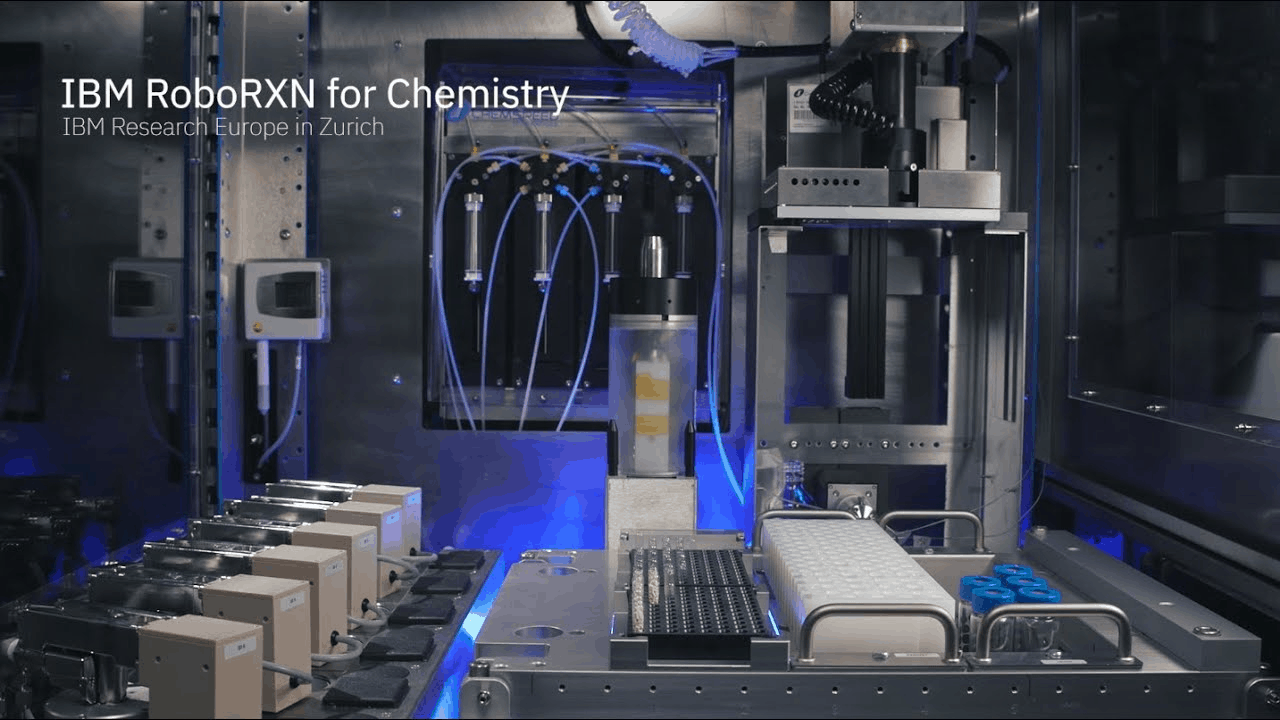
The live demo session of this implication, that IBM termed as the Big Blue, was successfully surpassed by a group of journalists who visualized the complex technology in a virtual room. The live session encouraged one of the journalists to choose the molecule, in particular, the molecule in a potential Covid-19 treatment. The event provided a gist of the synthesis of the molecule and also provisioned a look at the generated results of the analysis in a properly documented PDF format.
What makes the IBM technology stand out?
IBM’s technology-based complex system is the hard work and efficient outcome of the careful analysis and systematic approach delivered in the development, which was started around three years ago.
Artificial Intelligence:
Above all, the smart Artificial Intelligence induced in the process tracks the predictions to the chemical reactions. Any composite sequence of chemicals submitted is first tracked down and translated into a language readable by the system, to synthesis the same. The huge data in the system is brilliantly traversed and the protocol for the process is administered by this AI.
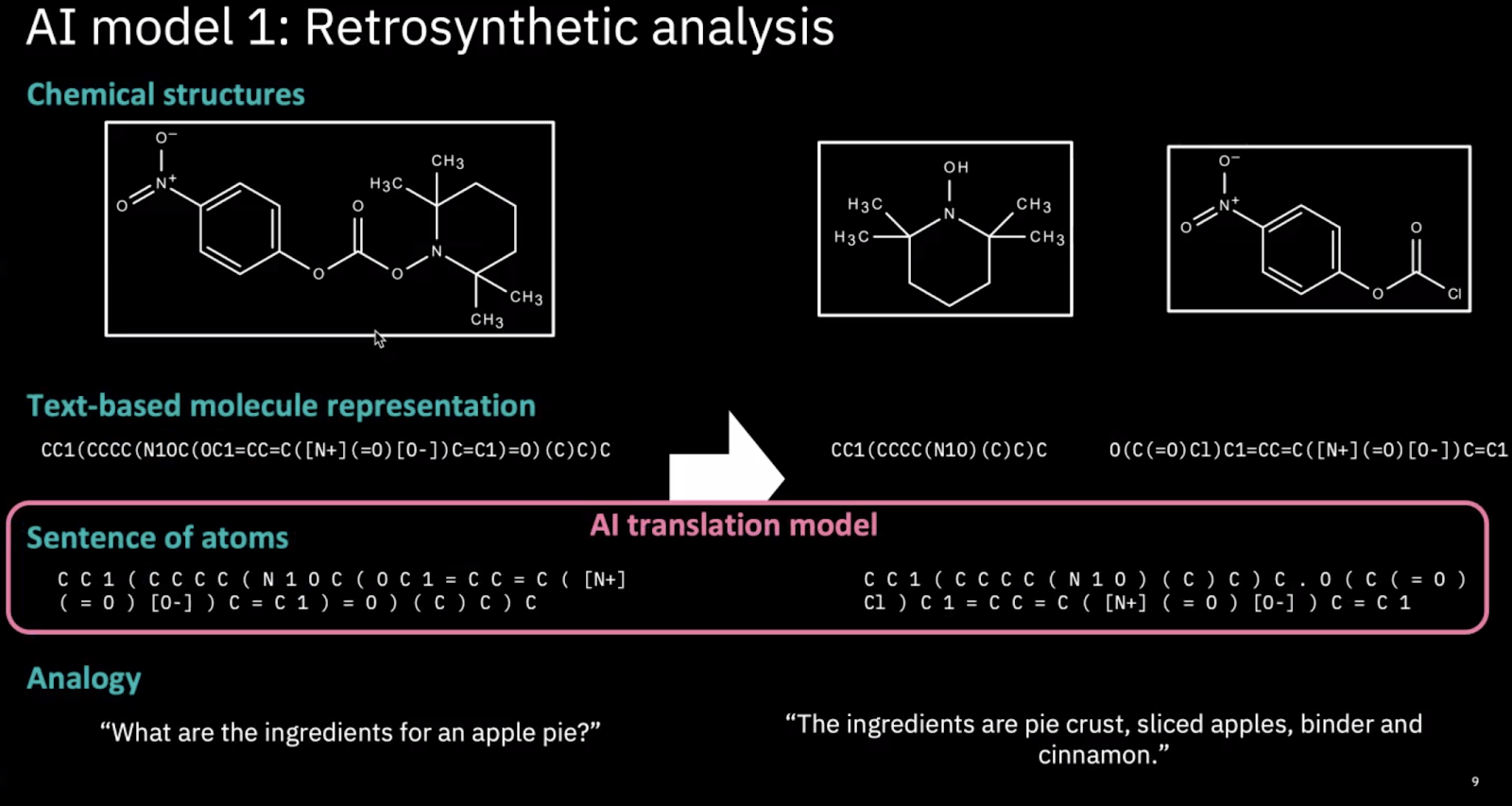
Cloud Computing:
IBM introduced this service in August 2018, via the Cloud. The complex system was named RXN for Chemistry. This way, anyone, anytime can access from anywhere, and efficiently utilize the services. IBM had anticipated all the strategy in advance and has confidently rendered the service world-wide with beautiful implications and attention to detail.
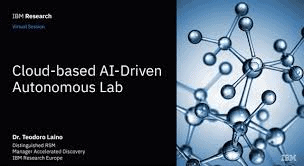
Robotics:
An element of further improvement was induced with Robotics. The Cloud-based AI could now automate all the processes without direct human intervention in the chemical processes.
The new member added to the complex system revised the whole synthesis to a lot more automated and clever procedure. IBM rightly renamed it as RoboRXN for Chemistry.
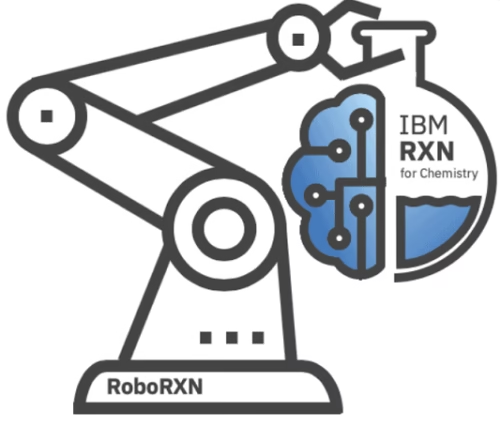
The 20 or so journalists watched dumbstruck, as the robot efficiently executed the entire synthesis process in about 8 steps. The robot is smartly programmed to understand and accomplish tasks like taking the solvent to the reagent and or moving the reactor to a small reagent, and related tasks.
Machine Learning:
Machine learning is the moral fiber of IBM’s renovative service. Machine learning lured into this technology persuades a translation method. It treats chemistry like language translation.
The language of chemistry is translated by converting the reagents and the reactants to products. With the use of Statistical Machine Intelligence augmented with Learning Engine (SMILE) representation, the technology describes the chemical entities.
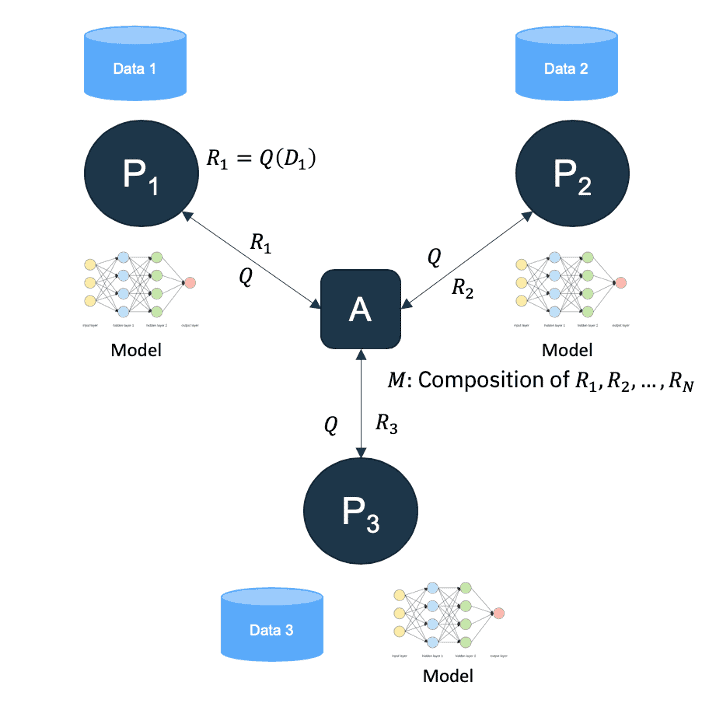
Data-driven Strategy
IBM’s technology-induced complex Cloud-based, AI active with machine learning robotic process brags augmented clever features with its data-driven strategy improvising the quality of its data.
Alessandra Toniato, a researcher at IBM Zurich explained the significance of their data-driven strategy and claimed to have used an adept “forgetting experiment” for revising its data. AI system chemistry in IBM’s model received the noise-free and clean data set, that eliminated the plausible bad models, altogether.
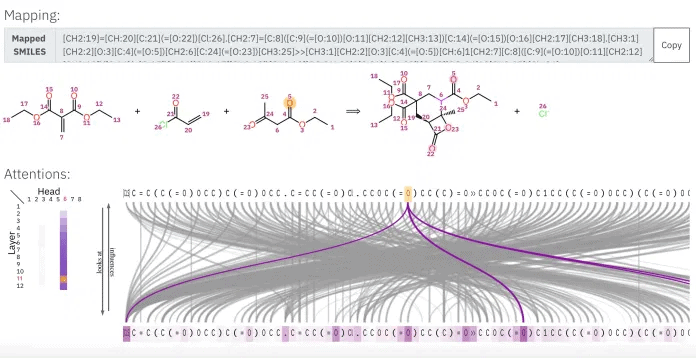
How is the project envisioned by IBM?
This synthesis procedure can be conveniently inculcated in regular practice. The user can enter a consolidation of molecules, that need to be tested. Artificial Intelligence in the system would come in and pick up the order. It will call the robot for action and hand the list of readable chemical combination to the robotic device, to take the synthesis further. The analysis and the results would be produced and delivered in a clear PDF format to the user. Isn’t that interesting enough, worth a trial.
With this new technology under its collar, IBM is ushering into a resurgence in the chemical industry with two potential models.
1. Canvas the entire premise of the company and deploy the service.
2. Offer licenses to private Cloud installations within the company premises.
A distinguished RSM, manager at IBM Research Europe, Teodoro Laino proposed the technology and said that one can think from a business perspective and envisage having a similar system replicated in their company premise or research groups can avail the technology at their disposal,”
Laino added that IBM’s aim is primarily to provide chemical services across the world. It is visualizing a sort of Amazon of chemistry, wherein anyone can ask for any chemistry, instead of just using the one that is already in the market.
Overall the live demo event went on successfully and amplified the level of confidence that IBM was brimming with. Adding wings to its aspirations, IBM seems to be all set to run the robotic system 24/7 from anywhere in the World.
Manica, a research staff member in Cognitive Health Care and Life Sciences at IBM Research Zürich positively stated that the demo demonstrated a synergistic between a human and AI and underlined the fact about how it will help up to speed up the whole process.”
Let’s witness the era of renaissance in chemicals with IBM and be a part of growth!

